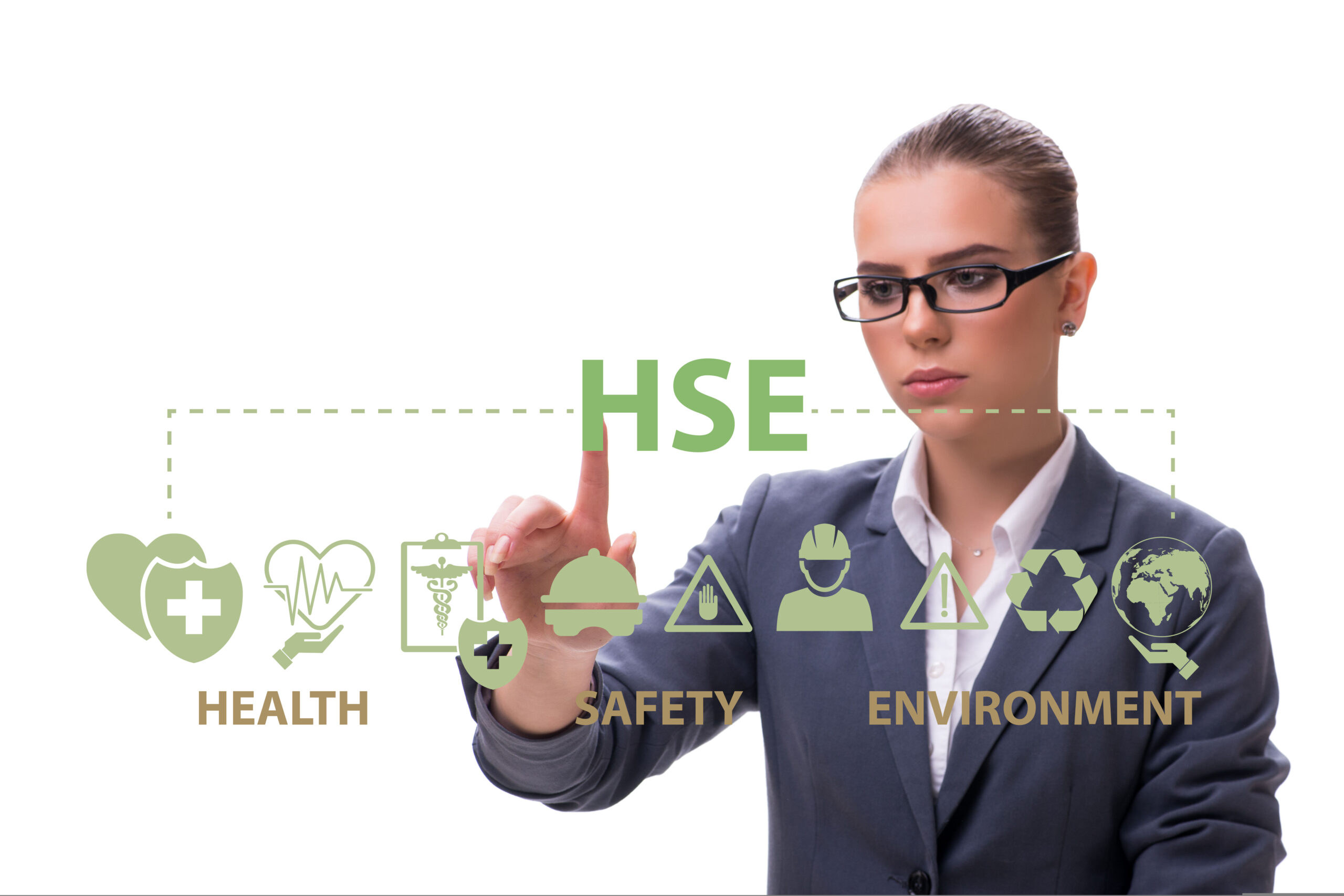No matter the season, hospitals are always busy. To keep up with the constant flow of patients and the progression of medical science, they are also often undergoing processes to improve their facilities. At any given time, hospitals may have to accommodate this progress by taking on numerous construction and renovation projects, in addition to the regularly conducted maintenance activities. This could mean knocking down walls to expand a department, add a new lab, or install a new patient care area.
By necessity, construction and maintenance activities will sometimes be carried out in or near patient care areas and can create loud noise, dust, and other potential hazards. This is where a Pre-Construction Risk Assessment (PCRA) must be used. A PCRA’s goal is to identify and lessen the risks associated with construction in a hospital environment (in the same vicinity as vulnerable patients).
The risks of construction and renovation projects can include:
- Fire Protection disruptions that could lead to fire/smoke.
- Environmental hazards such as moisture and mold.
- The use of hazardous chemicals.
- Construction-related hazards such as debris and slip/trip hazards.
- Non-compliance with Joint Commission standards.
- The disruption of access to utilities (e.g., fire suppression systems, medical gases, phone, water, fire and smoke alarms, electrical power, elevators, etc.).
- Asbestos disturbance.
- Lead disturbance.
The PCRA program is a requirement of the Joint Commission. The Joint Commission accredits healthcare facilities in the United States. Accreditation by the Joint Commission ensures the quality and safety of healthcare, treatment, and services. The Joint Commission requires a PCRA for any construction projects in an active hospital environment. The program requires hospitals to analyze and address the risks related to all construction, renovation, or maintenance projects. The assessment should cover likely risks to patients, hospital staff, and visitors. The hospital must assess for issues such as air quality, life safety (ILSM), infection control (ICRA), vibration, noise, and any other hazards associated with the work activity.
Once the hospital has identified the risks, mitigation measures must be put in place. Mitigation measures can vary depending on the type of construction project and its associated risks. These measures can include:
- Relocating patients to safe areas.
- Frequent surveillance of the work area.
- Isolating the work area.
- Using interim life safety measures.
- Requiring specific training for staff and workers.
The responsibilities can be numerous and extremely varied. Everyone must know their role during this type of work. For example, who will oversee the program? Who is in charge of scheduling? Who will be conducting the inspections and how often? Who needs additional training and who will give the training? Who is responsible for air monitoring if that is required? Who will maintain records and paperwork? All of these questions will require a comprehensive and dynamic solution.
Utilizing EH&S permitting software to address these questions and formulate a standardized process can save an incredible amount of time and effort when conducting a PCRA. An electronic PCRA is an effective tool for tracking construction activities over the life of the project, notifying personnel of required actions, documenting required monitoring data (such as air quality), assigning training, and archiving corresponding documentation (i.e., training records, equipment manuals, schedules, etc.).
Once an application has been submitted with permitting software, emails will be automatically sent out to any assigned parties, with descriptions of actions they need to complete and due dates. Customization can be added to fields (dictated by the type of work to be completed, the hazards present, the proximity to patients, etc.) so that they can be designated “mandatory” or require a screening process or signatures before they are approved. The information that individuals submit will be added to the original application. Notifications will be sent at different stages of application, review, and completion so that users can be alerted to status changes without having to sign in to the software.
Performing a PCRA with the help of EH&S permitting software helps ensure that all hazards have been identified and addressed, staff and contractors have been properly trained, compliance with The Joint Commission’s regulations has been achieved, and the lives and health of hospital staff, patients, and guests are safeguarded. The software can also help to decrease liability and save the hospital time and money on construction and renovation projects. With the right tools, the disparate and numerous pieces of the PCRA puzzle can be brought to one platform, smoothing the partnership between construction and healthcare, strengthening safety management and saving lives.
Publisher Bio
The SafetyStratus Research Advisory Group (RAG) brings together thought leaders from the global environmental, health, and safety community to promote best practices and provide key insights in the profession and the industries they serve. The Research Advisory Group also advocates, where practical, the intersection of and advances with the use of technology, such as the SafetyStratus enterprise EHS software platform. Group membership consists of representatives from across varied disciplines and market sectors as well as select members of the SafetyStratus team.
The primary objectives of the SafetyStratus RAG partnership are to:
- Build a strategic partnership between EHS practitioners and the SafetyStratus team.
- Provide engaging and practical content to the global EHS community.
- Provide discipline and market feedback specific to SafetyStratus products and services.
While the objectives of the RAG are varied, the primary public-facing outcome will be available through engaging and practical content found on the SafetyStratus resource pages. Various articles, papers, and other valuable resources will be produced and shared as part of an ongoing effort to cultivate a robust community. Ultimately, the SafetyStratus RAG will expand to have a broader reach and provide opportunities for more inclusion by all interested EHS professionals in a collaborative community environment.



